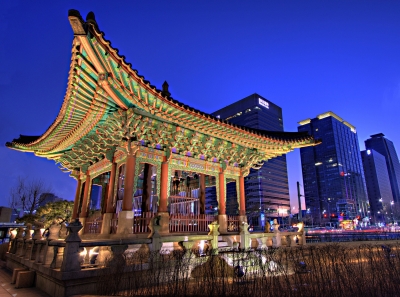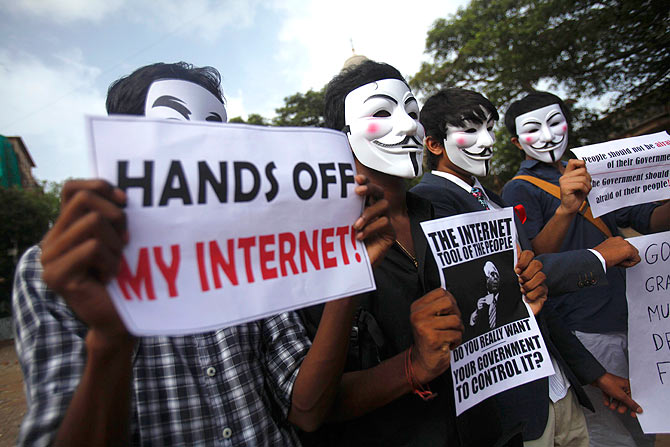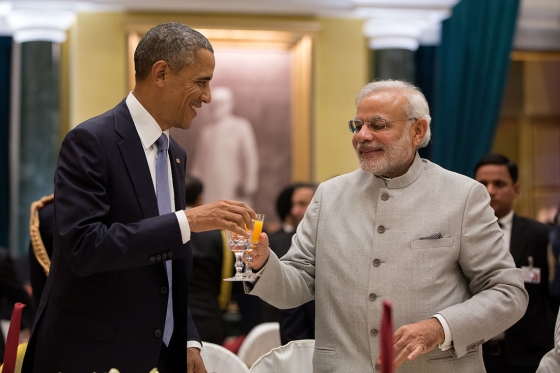
In part two, Piotr Zulauf continues his discussion of Japan’s strategic stance, starting with the new National Defense Program Guidelines.
Another policy initiative undertaken by Abe has been the establishment of National Defense Program Guidelines (NDPG) alongside the NSS. While the NSS deals with issues of grey zones and their dangers, the NDPG outlines Japan’s defense procurement plans and military strategy for 2014-2019. The NDPG calls for an enhancement of Japanese military capabilities by increasing defensive military spending. Among other incentives, the NDPG has introduced the idea of a Dynamic Joint Defense Force, which would constitute joint air, land, and sea military operations.
Some have criticised Shinzo Abe for going on a ‘spending spree’ and aggressively pursuing a more offensive military, yet Hardy argues that Abe is simply reorganizing Japan’s military capabilities. For example, the Japan Ground Self-Defense Force (JGSDF) will reduce its heavy armour and artillery from about 700 main battle tanks (MBTs) and 600 howitzers to about 300 MBTs and 300 howitzers, and cut the number of regional units from eight divisions to five, and six brigades to two, which will partly fund the increases in spending outlined by the NDPG.
Prime Minister Sizo Abe’s restructuring of the system can be attributed to a number of factors, but two emerge most prominent in the media and among academics. Some state that Abe is trying to develop Japan beyond the post-war system to a more modern and formidable nation. Others argue that Abe’s struggle reflects tensions with China and an increasing Sino-Japanese split. This Sino-Japanese fracture can be attributed, in part, to the re-emerging dispute over the Senkaku/Diaoyu Islands. The most recent crisis began when former Prime Minister Yoshihiko Noda authorised the purchase of three of the Senkaku islets from their owner, who was a private Japanese citizen. China has responded by aggressively increasing paramilitary maritime patrols.
Hardy states that the wider issue is one of strategic competition between Japan and China. China’s steady economic growth, increasingly higher military spending and modernisation, and Great Power status has prompted Japan to re-examine its position in the region. This explains Tokyo’s move to restructure the SDF away from mass heavy armour and artillery regiments created during the Cold War towards reinforcing its defences in the southwestern Nansei island chain.
Japan faces a classic security dilemma; in an attempt to increase security of its southern islands it risks provoking greater Chinese military interest in those islands. One such island is Okinawa, where the Chinese have historical, economic and strategic interests. Direct Chinese control of these islands is unlikely due to the US presence and alliance in the area as well as economic interdependence. The risk of confrontation between Japan and China persists, however, due to the competition over the Senkaku/Diaoyu Islands, which are not economically or strategically important, but are a symbol of sovereignty and strength for both nations. This, combined with poor Sino-Japanese relations could lead to a development of accidental or localised disputes. The Chinese and Japanese now need to improve relations and gain a better understanding of the others’ current position in the international system. Reopening dialogue on historical competition and atrocities by both sides may prove counter-productive.
Shinzo Abe’s more active role in restructuring the SDF and Japan’s firmer nationalist stance has recieved mixed responses from Japan’s other neighbours. For those who fear a re-emergence of Japan as a regional aggressor, the response has been negative. South Korea, for example, has joined Chinese criticisms of Japan’s apparent remilitarisation due to South Korean political benefits of anti-Japanese political platforms, which date back to a long history of conflict with Japan. Nations such as Cambodia and Laos who are seen as closer to China than Japan are also wary of the new SDF. For those who fear an increasingly powerful China, the new Japanese policy has been greeted with enthusiasm. Prime Minister Abe has also conducted visits to India, Philippines, Indonesia, Vietnam and Thailand, which have been successful in gaining support for the SDF and Japan’s increasing military influence over the region, as these countries generally fear China more than Japan. These ASEAN countries are likely to be further contested by both China and Japan as the competition between the two nations increases.




